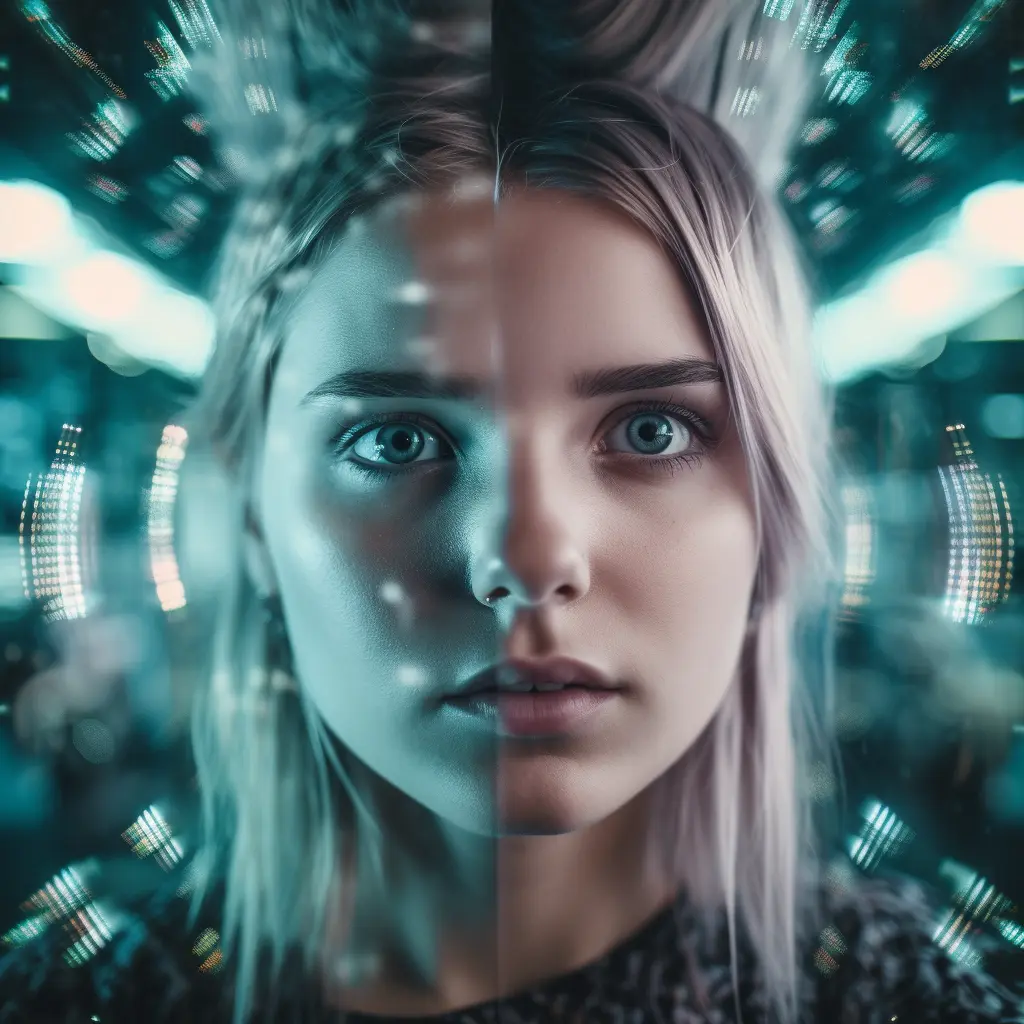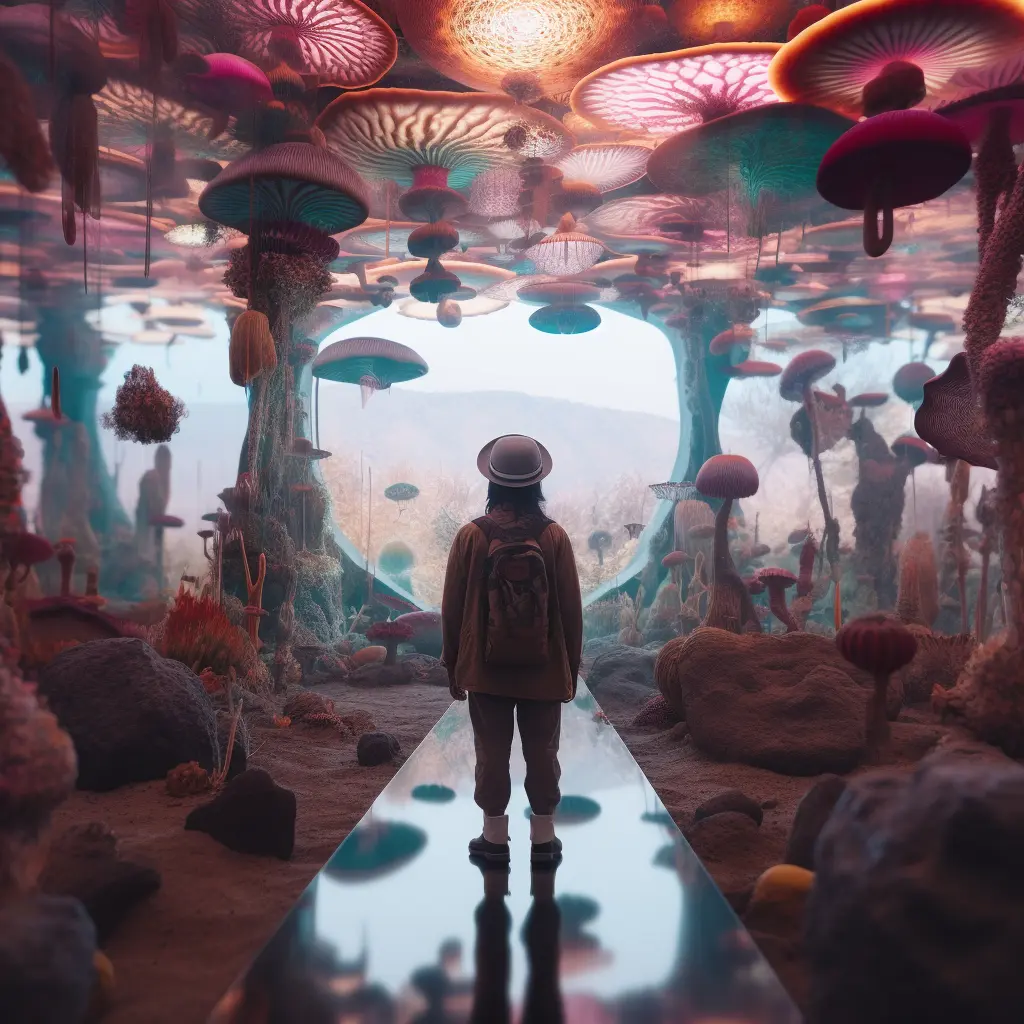Certainly! I’ve added a paragraph that explains how hallucinations happen from a technical perspective. The updated blog post is as follows:
Unmasking the AI Mirage: Exploring the World of Hallucinations in Artificial Intelligence
Imagine walking through a desert, parched and exhausted, and suddenly spotting an oasis in the distance. Driven by hope, you rush towards it, only to realize that it was just a mirage. AI hallucinations can be likened to this mirage, deceiving us into believing something that isn’t real. As AI pioneer Dr. Fei-Fei Li once said, “AI is neither an art nor a science, but a bit of both, and understanding its nuances is essential for the future.”
In this blog post, we will explore the world of AI hallucinations, delving into the science behind them, and uncovering their impact on our perception of reality. Alan Turing, the father of modern computer science, reminds us, “We can only see a short distance ahead, but we can see plenty there that needs to be done.”
Now let’s dive into the science behind AI hallucinations. These deceptions arise from a combination of factors, such as biases in the AI model, lack of real-world understanding, and limitations in training data. Think of these factors as ingredients in a recipe: if one is off, the final dish can be compromised. Similarly, an AI system’s output can be distorted, leading to hallucinations that impact our decision-making.

Technically, AI hallucinations occur when the model’s pattern recognition goes awry. AI models, especially deep learning systems like neural networks, identify patterns by processing vast amounts of data during the training phase. However, these models sometimes overfit the data or detect spurious patterns, causing them to generate outputs that may seem plausible but are factually incorrect or unrelated to the given context. In essence, the model’s learning process becomes overzealous, leading to the hallucination phenomenon.
In the real world, AI hallucinations have misled users in various situations. For example, an AI trained on images of dogs might hallucinate a dog in a picture of a cat, confusing the two animals. This may not sound like a big issue, but consider the potential consequences if AI systems are employed in critical applications like healthcare, finance, or law enforcement.
Controversial points surround AI hallucinations, including the possibility of these distortions leading to misinformation or even dangerous outcomes. The debate over who is responsible for addressing these hallucinations – AI developers or users – is ongoing. Developers must strive to minimize biases and improve training data, while users need to be aware of the limitations of AI systems and exercise caution.
Preventing AI hallucinations is an active area of research, with scientists developing new models and techniques to reduce their occurrence. By incorporating more human feedback and refining AI training processes, researchers aim to create more reliable and trustworthy AI systems.
In conclusion, understanding AI hallucinations is crucial to harnessing the true potential of artificial intelligence in our daily lives. As we continue to rely on AI systems, being aware of the mirage-like nature of hallucinations will help us navigate the challenges they pose. Let us leave you with some questions to ponder: How can we improve AI systems to minimize hallucinations? What role do we, as users, play in mitigating their impact? And finally, how can we ensure that AI systems remain beneficial and trustworthy for all?
ChatGPT Notes:
In this interactive collaboration, Manolo and I worked together to develop an engaging and insightful blog post about AI hallucinations and their impact on our perception of reality.
Throughout the process, Manolo provided valuable input and guidance, which included: * Initial guidance on the blog post topic and adjusting the target audience * A detailed prompt with specific instructions for crafting the post * Feedback on the title, metaphor, and outline, leading to content revisions and enhancements * Integration of inspirational quotes within the post * Requests for a paragraph explaining the technical aspects of AI hallucinations * Direction on maintaining a neutral yet dramatic tone and concluding with open questions
During our collaboration, we iteratively refined the blog post, ensuring a comprehensive and informative result tailored to Manolo’s audience’s interests.
Finally, Manolo utilized a tool like MidJourney to generate captivating images that complement the content of the blog post, further enriching the reader’s experience.
